Written by Bryan Wawzenek
Just a short flight away from Malaysia, the island country of Sri Lanka at India’s southern tip is an extraordinary vacation destination, offering travellers a boundless array of activities sure to leave a lasting impression.
With a variety of landscapes in a relatively small country, Sri Lanka offers visitors the opportunity to have a multi-faceted travel experience in the space of a quick trip. In spending just a week in the island nation, I enjoyed three extremely different vacations just by making my way through the regions of Sri Lanka.
From Kuala Lumpur, my wife and I took a three-hour flight into Bandaranaike International Airport, north of Sri Lanka’s capital, Colombo. With the idea of avoiding the bustling city in favour of more relaxing surroundings, we hopped a train to Ella. The mountain town is located 200km inland from Colombo, though it might as well be worlds away in terms of atmosphere.
Half the fun of getting to Ella is the rail journey up into the mountains, allowing you to see the small hills with palm trees become rocky peaks topped with evergreens. It was a long trip – about nine hour – but a comfortable one that yielded stunning scenes of jagged mountains and lush valleys. Plus, at just 400 Sri Lankan rupees, or about RM10 a ticket, it’s hard to beat the price.
Ella
Tea Factory
In the late afternoon, we arrived at the Hilltop Guest House. It’s one of a handful of establishments up a short, steep road from the town centre that allow breathtaking views of Ella Gap, formed by Ella Rock and Little Adam’s Peak to the south. The panoramic view from the guest house’s rooftop deck was outstanding. We had afternoon tea up there every day of our stay, relaxing in lounge chairs and watching the surrounding mountains go from bright green to misty purple as the sun set behind us.
With two summits close to town, many visitors plan to hike their way the peaks. We were told that the hike up Ella Rock was tougher, but yielded a better view, and we set out after breakfast on the journey (four to five hours roundtrip). Finding the right trail was a little tricky, because locals have removed the trail signs in favour of serving as guides… for a price, of course. You can choose that option (500-800 rupees), although we endeavoured on our own. After a couple of hours of moderate to- strenuous hiking, we were rewarded with an inspiring view from atop the rock.
With its location among the tea field-covered mountains, Ella is close to many tea factories. The one that came mostly highly recommended for us to tour was the Halpewatte Tea Factory, about 20 minutes away by tuk-tuk (1,000 rupees roundtrip). A 200 rupee ticket included a guided tour of all stages of tea production – from drying to packaging – in the multilevelled wooden building, followed by a tea tasting. The only drawback was that no photography was allowed anywhere but the top floor visitor’s centre, which offered another beautiful view of this mountainous region as well as freshly produced tea to purchase.
After a few days, we were off to our next destination: Tissamaharama, near the southeast coast of Sri Lanka, which would serve as our base camp for a trek into Yala National Park. We took a local bus down from Ella – a harrowing three-hour journey that sent us swerving down the twisty mountain roads. The wild ride was an appropriate transition to the wildlife we’d see in Yala.
Yala National Park
Yala National Park
Before our trip began, we had arranged for a full-day safari in Yala through our Tissa hotel, the family-run Sanoga Holiday Resort. We paid upon arrival (19,500 rupees for two people), and the owner, a former safari driver, set up everything for the next day, including pickup and drop-off at the hotel, packed breakfast and lunch, and mats to sit on while eating in the park.
We arose early for our expedition – which began at 5:30 a.m. – to give ourselves the best chance of seeing Yala’s exotic species at their most active. Active would turn out to be an understatement.
We saw a herd of elephants drinking and playing in a water hole, witnessed a sloth bear hobbling over to a mud puddle to cool off, and chanced upon a spotted leopard slinking in the underbrush a few meters away. Those are Yala’s “big three” and we were fortunate to see them all. Although the park is known as the best place in the world for seeing wild leopards, there are no guarantees. Only about 30 of these cats, a small population indeed, roam an area of more than 140 square kilometres, so we were fortunate to catch a glimpse.
But Yala’s denizens aren’t limited to the headliners. Water buffaloes wade in the wetlands, macaques swing from trees, brightly coloured birds flit around, mongooses scurry in the bushes, and crocodiles float in muddy drinking pools, waiting for their prey. It’s almost enough to make you think twice about using the bathroom at the (protected) beachside rest stop, where we ate both of our meals before the sparking blue Indian Ocean.
We’d have another spectacular view of the ocean when we moved on to our next location, Mirissa, a few hours west from Tissa and just about the southernmost tip of the island.
Mirissa
Mirisa Beach
Asia has more than its share of stunning beaches, and Mirissa is a first-class example – with smooth sand, warm turquoise waves, and rocky outcroppings framing the bay. Hotels and restaurants dot the coast, but there aren’t any pesky beach hawkers to tangle with, and a relaxed mood permeates every moment. You can learn to surf, check out the turtle conservation project, or just take it easy at a beach side café, letting the tide lick the edge of your beach lounger as you sip from a cocktail.
Although we enjoy being in kick-back mode, a little goes a long way, so we were excited to join a whale watching cruise on our first morning in Mirissa. The southern coast of Sri Lanka is one of the best places for whale spotting, especially during the spring migration. A number of different companies offer the same basic service (a double-decker boat filled with a couple hundred people that takes a trip lasting from about 7 a.m. until noon for 30,000-35,000), so it’s easy to go with what tour your hotel recommends. In addition, most (if not all) of the excursions allow you to try again for free the following day if you don’t see any whales.
Once you’re out in the water, the boats spread out, then cluster around the first one that spots one of these enormous mammals. The first glimpse of a blue whale, its blowhole spraying a fine mist over the waves, is a powerful sight. After the whale dove down, we would sit in the same place waiting for the gargantuan creature to resurface a few minutes later. The guides on our boat seemed as excited as the camera-wielding tourists, with one shouting “Tail! Tail! Tail” like a sports announcer yelling “Goooooal!” Before the trip was over, we’d seen two huge blue whales, one of another species that was smaller (you know, a mere 10 meters long), and a pod of dolphins. Not bad for a morning on the water.
Well, not bad for a week in Sri Lanka, actually: wildlife, mountains, trains, beaches, hiking, tea, and the most delicious curries imaginable (but that’s a whole other story). When I think of Sri Lanka, I’ll remember its majestic natural beauty, amazing opportunities to view the wildest of animals in their natural habitats, and the Sri Lankans themselves, who were always eager to show off their nation’s finest qualities. If you’re ever indecisive about what kind of vacation you want to take, you might find your answer in the variety and majesty of Sri Lanka.
Getting There
Several flight options exist for travelling to Colombo’s Bandaranayake International Airport (CMB), including Sri Lankan Airlines, AirAsia X, and Malaysia Airlines. The nonstop flight is about 3.5 hours.
Helpful Hints
Sri Lanka is 2.5 hours behind Malaysia time. The unit of currency is the Sri Lankan rupee (LKR), and the exchange rate is currently about 40 LKR per ringgit.
You can get your visitor’s visa upon arrival. Visit the cashier booth before proceeding to immigration. At press time, the fee was US$30.
Tap water is not safe to drink anywhere. Stick to bottled water to be safe.
English is widely spoken in Sri Lanka, and you should be able to find communication a breeze everywhere but the most rural locations. Signage is almost always in English.
Electricity is 230/240V, 50Hz. Some locations share Malaysia’s outlets that fit rectangular prongs, but most have the older British style with three rounded prongs.
If you’re driving in Sri Lanka, drive on the left in Sri Lanka, just as you do in any former British colony.
Sri Lanka’s civil war ended in 2009, and the country has been stable in the years since with booming tourism. But before you set your travel plans, check to make sure that places such as Yala National Park (the site of some violence between opposing forces in 2007-08) are safe to visit.
Read This: An Adventure in Sri Lanka
Source: The Expat Magazine March 2015
"ExpatGo welcomes and encourages comments, input, and divergent opinions. However, we kindly request that you use suitable language in your comments, and refrain from any sort of personal attack, hate speech, or disparaging rhetoric. Comments not in line with this are subject to removal from the site. "



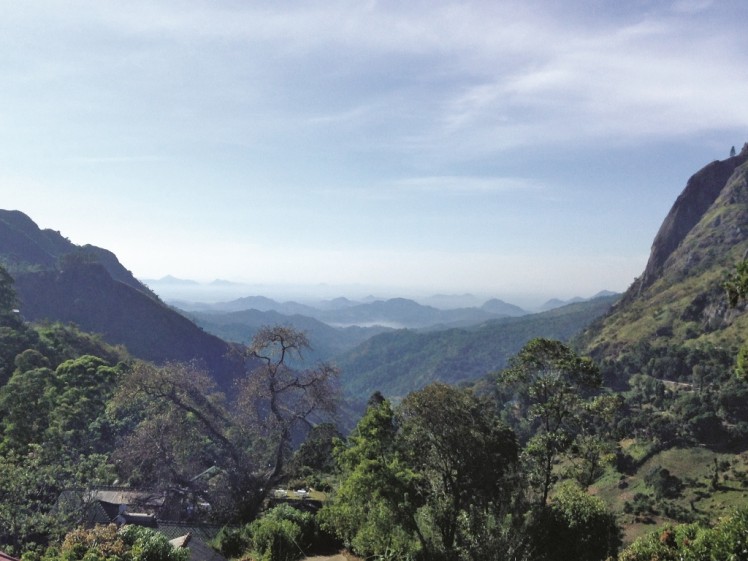
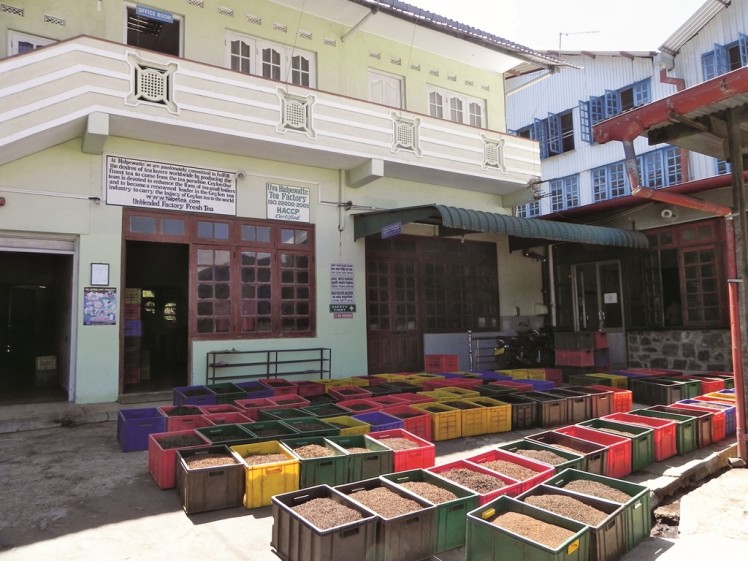
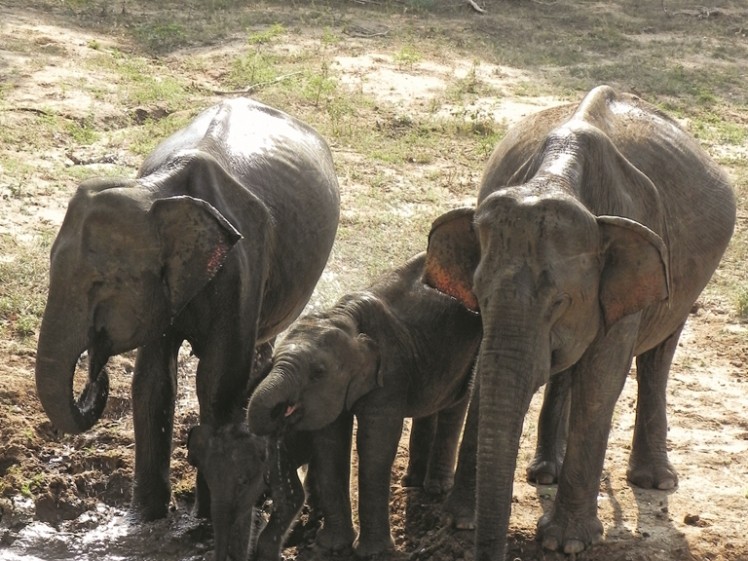
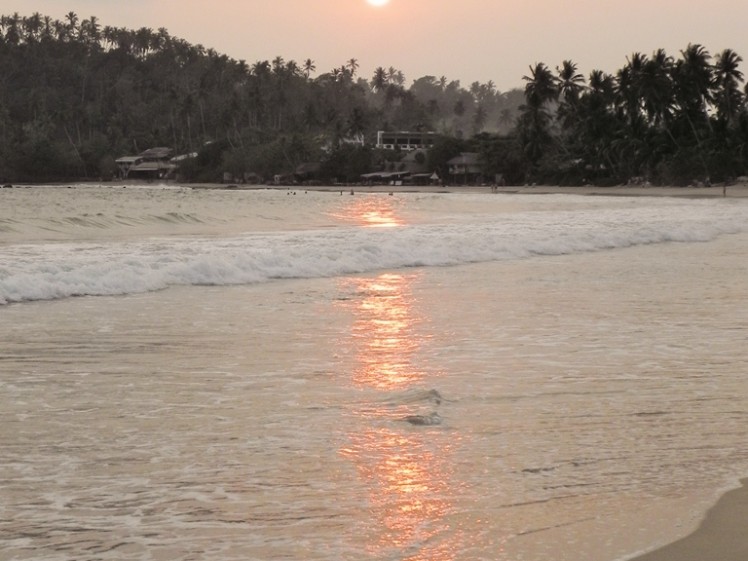
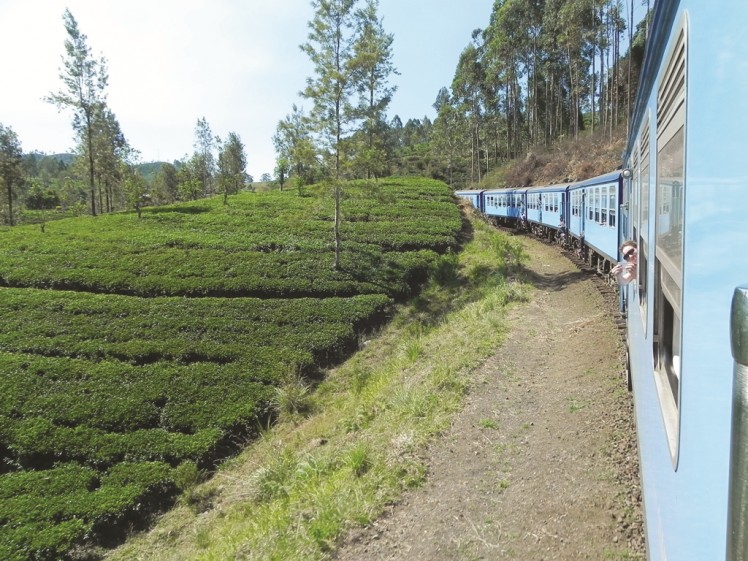


















Priya Sree 2nd trip to ella I reckon
Kenny Sik Charleen Tai Phin Sharon diff air diff place
Theebah, Julia, pls tag Sid
Soeren Thomsen
For you Julie Scott xx
Devi Abideen